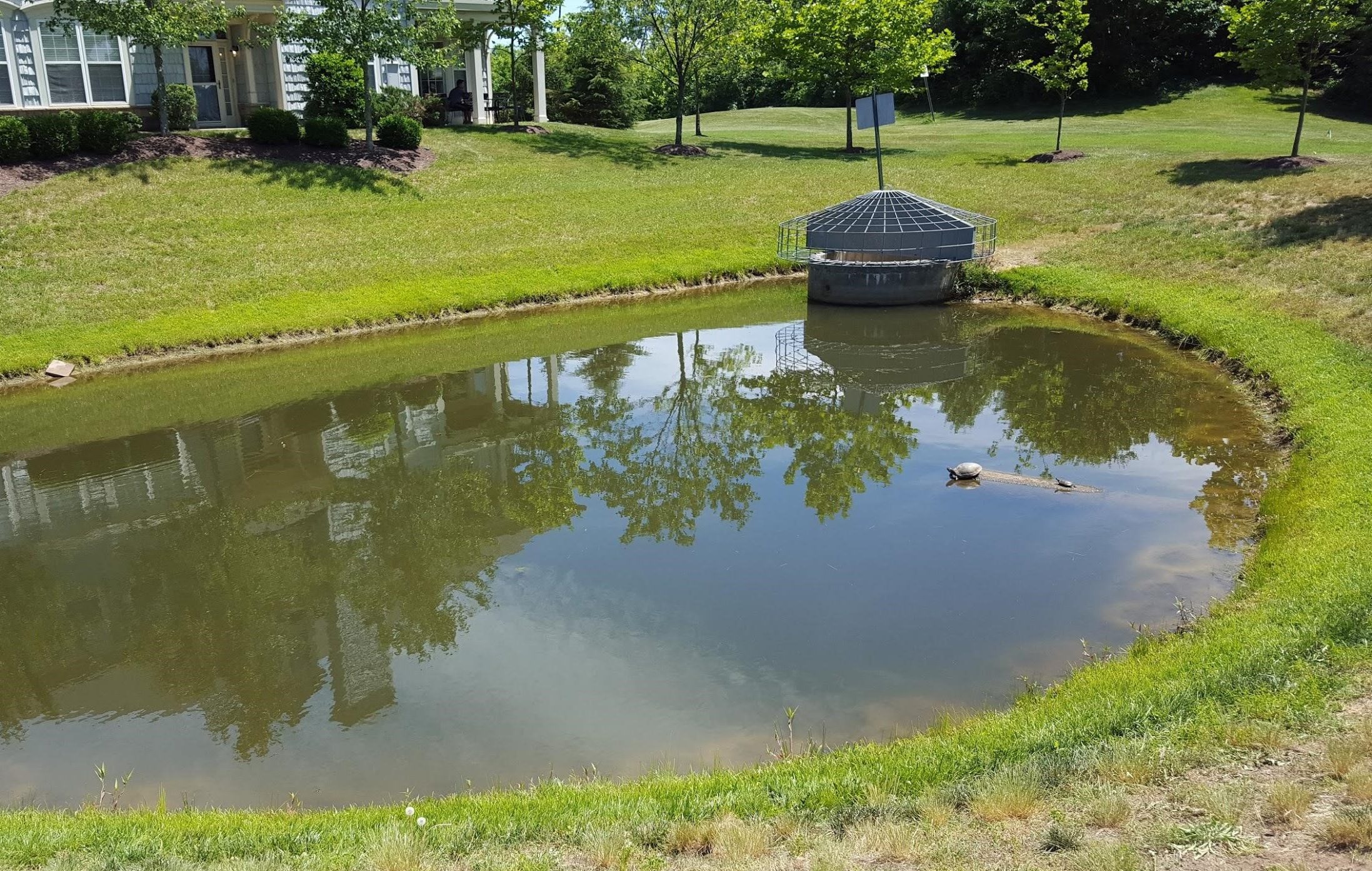Retention ponds play a crucial role in managing stormwater runoff effectively, preventing flooding, and improving water quality. If you’re considering building a retention pond on your property or for a community project, this guide will walk you through the steps to create a functional and environmentally friendly water retention system.
1. Planning and Design
Before breaking ground on your retention pond, it’s essential to develop a comprehensive plan and design. Consider factors such as the size of the watershed area, soil type, slope, and the volume of stormwater runoff to determine the appropriate size and shape of the pond.
Consult with a professional engineer or environmental consultant to ensure that the design meets local regulations and environmental standards. Additionally, consider incorporating native plants and wildlife habitat into your design to enhance the ecological value of the retention pond.
2. Site Preparation
Once you have a well-thought-out design in place, it’s time to prepare the site for excavation. Clear the area of any vegetation, rocks, and debris that may impede the construction process. Mark the boundaries of the pond using stakes and string to guide the excavation process.
Ensure that the soil is stable and well-compacted to prevent erosion and structural issues in the future. If necessary, conduct soil tests to determine the soil’s permeability and suitability for constructing a retention pond.

Credit: m.youtube.com

Credit: ideasforus.org
3. Excavation and Construction
The next step is to excavate the pond according to the design specifications. Use heavy machinery such as excavators and bulldozers to dig out the basin of the retention pond, taking care to create the desired depth and slope for optimal water retention.
During the excavation process, pay attention to the surrounding landscape to ensure that the pond integrates seamlessly with the natural environment. Consider adding berms or swales to direct water flow and prevent erosion around the pond edges.
4. Liner Installation
Depending on the soil conditions and water table level, you may need to install a liner to prevent seepage and ensure the retention pond retains water effectively. Common liner materials include clay, geomembrane, and synthetic liners, each offering different levels of impermeability.
Consult with an experienced contractor to determine the most suitable liner material for your retention pond based on local conditions and budget constraints. Proper installation of the liner is crucial to the long-term functionality of the retention pond, so ensure that it is done correctly.
5. Inlet and Outlet Structures
To control the flow of stormwater into and out of the retention pond, you’ll need to install inlet and outlet structures. Inlet structures such as pipes or channels direct stormwater runoff into the pond, while outlet structures control the release of water to prevent overflow.
Consider incorporating features such as sediment traps, spillways, and energy dissipation devices to improve the efficiency of the retention pond and reduce erosion. Properly designed inlet and outlet structures are essential for effective stormwater management and flood control.
6. Vegetation and Landscaping
Once the retention pond is constructed, it’s time to enhance its ecological value by planting native vegetation and landscaping the surrounding area. Native plants help stabilize the soil, filter pollutants, and provide habitat for wildlife, improving the overall health of the retention pond ecosystem.
Consider creating a diverse plant community with a mix of grasses, shrubs, and trees to increase biodiversity and enhance the aesthetic appeal of the retention pond. Avoid using invasive species that may outcompete native plants and disrupt the ecological balance of the pond.
7. Maintenance and Monitoring
To ensure the long-term functionality of your retention pond, regular maintenance and monitoring are essential. Develop a maintenance plan that includes tasks such as removing sediment buildup, controlling invasive species, and inspecting inlet and outlet structures for damage.
Monitor water quality parameters such as turbidity, nutrient levels, and dissolved oxygen to assess the effectiveness of the retention pond in improving water quality. Address any issues promptly to prevent potential problems such as algae blooms or sediment accumulation.
8. Community Engagement and Education
Engaging the community in the creation and maintenance of the retention pond can foster a sense of ownership and environmental stewardship. Organize educational workshops, volunteer clean-up events, and interpretive signage to raise awareness about the importance of stormwater management and water conservation.
Encourage community members to get involved in monitoring water quality, planting native vegetation, and reporting any issues related to the retention pond. By working together, you can create a sustainable and resilient retention pond that benefits both people and the environment.
Conclusion
Building a retention pond requires careful planning, design, and construction to ensure its effectiveness in managing stormwater runoff and improving water quality. By following the steps outlined in this guide and incorporating best practices for retention pond development, you can create a functional and environmentally friendly water retention system that benefits your property and the surrounding ecosystem.

